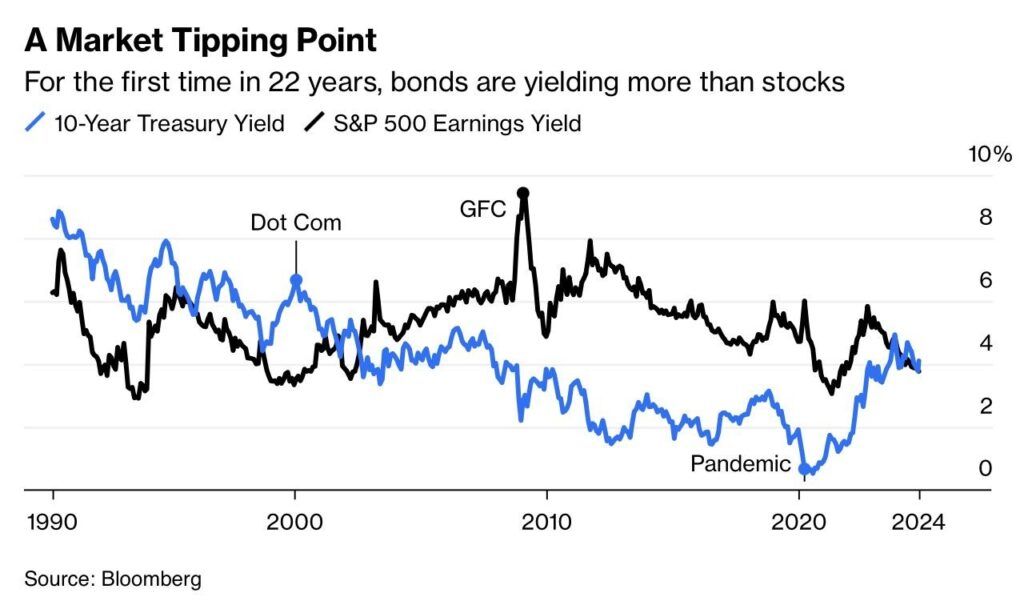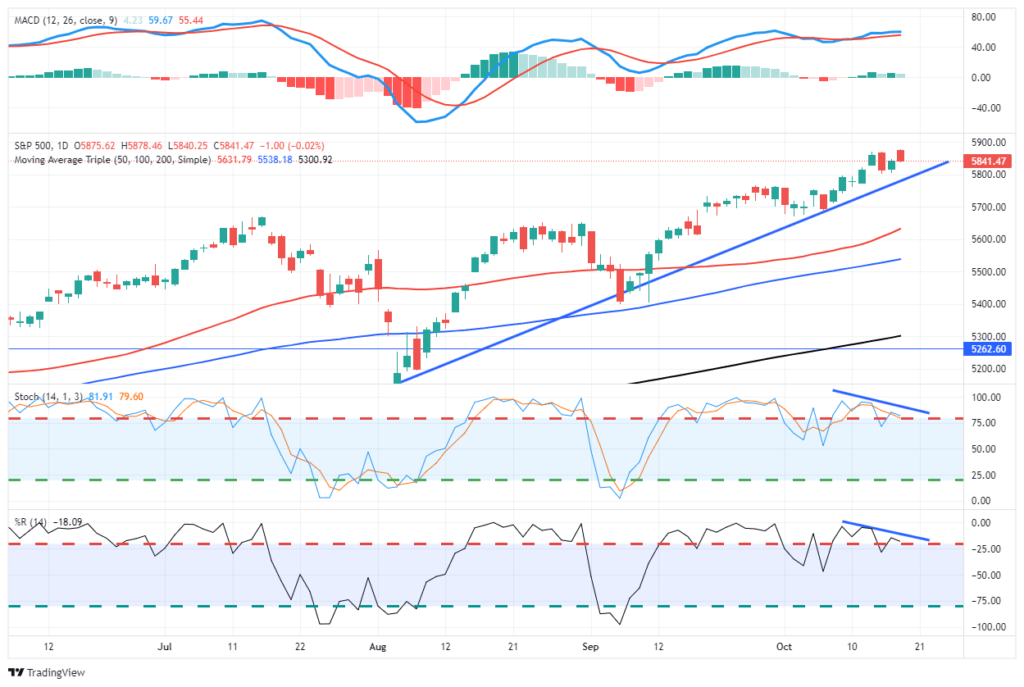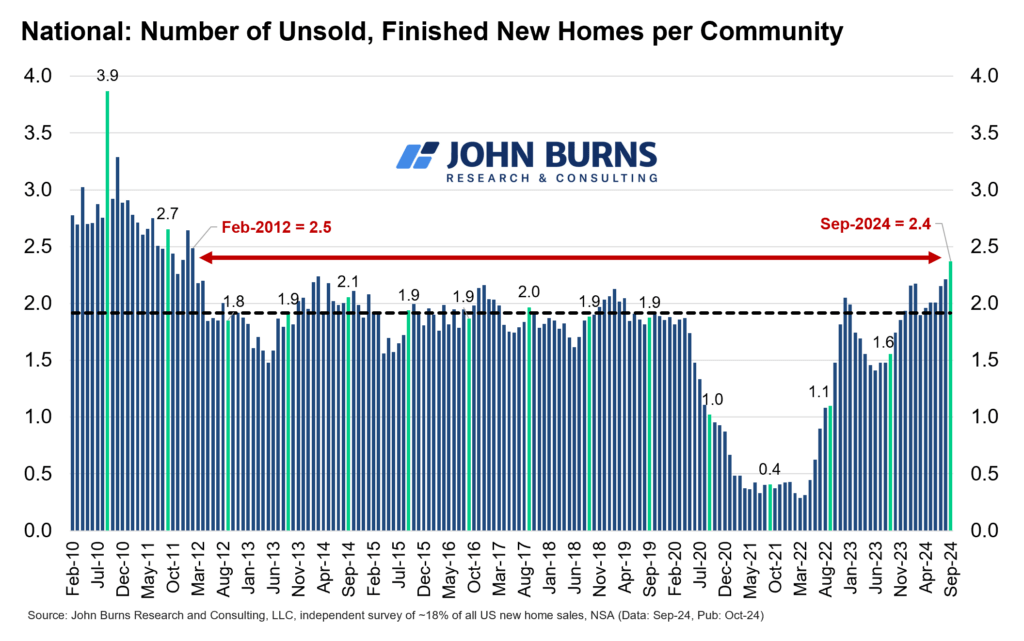Taiwan Semiconductor Nullifies ASML Fears
Wednesday’s Commentary discussed the shockingly weak booking numbers from ASML. Given that ASML is a large manufacturer of chip-making machines, we asked: “If the chip industry is facing insatiable demand, why such a stunning decline in the need for chip-making equipment?” ASML earnings introduced concern amongst semiconductor sector investors, leading many semi-stocks to decline decently. Taiwan Semiconductor’s (TSM) earnings released yesterday morning will help investors forget about ASML.
Taiwan Semiconductor is the primary chip maker for Nvidia and Apple. In their optimistic earnings call, they reported that net income handily beat expectations. Moreover, they hiked their outlook for revenues. Equally important, they confirmed that the demand for AI chips remains incredibly strong. The CEO quotes a “key” customer claiming that demand for AI chips is “insane.” The CEO supported his commentary by declaring, “We get the deepest and widest look of anyone in this industry.” AMD earnings on October 29th, and ultimately Nvidia in later November, will help us further appreciate if the demand for AI chips remains off the charts. But for now, we put much more stock in Taiwan Semiconductor’s earnings than ASML’s. The graph below shows Taiwan Semiconductor is up over 80% this year while ASML is down about 10%.

What To Watch Today
Earnings
Economy
Market Trading Update
Yesterday, we discussed the issue of seasonal buy signals and market risk, which can exist simultaneously. As we head into the busiest week for earnings, the market continues to hold above the rising trend line from the August lows. While on a “buy signal” currently, that signal is occurring very high, which likely limits any near-term upside. Notably, momentum indicators are also negatively diverging, suggesting some price weakness.
While there continues to be no momentary reason to be overly bearish, the risk/reward balance currently does not favor adding new equity exposure to portfolios. The good news is that any corrective action heading into the election is likely limited and will provide a better entry point for investors.
My big concern continues to be the outcome of the election. The markets will likely rally strongly into December if it is a clean election with a clear winner and a divided Congress. However, if the election is contested and drags out until December, that may be a different story.
Speaking of the election, this fits into the “awkward” category:
“In January 2025, Vice-President Kamala Harris will be in charge of certifying the election. In other words, if Donald Trump wins, the person he was running against will be in charge of certifying his victory. This is a major defect in our system, and it could potentially set the stage for widespread chaos if things do not go smoothly.” – Most Important News Blog
As I said, it’s awkward and could provide the catalyst for volatility.
For now, continue to manage risk accordingly.
S&P 500 Dividend and Earnings Yields Are Rich
The first graph below, courtesy of Charlie Bilello, shows that the dividend yield on the S&P 500 is at its lowest level since 1999. There are several reasons for this. First, valuations are high, so investors willingly sacrifice dividend yield for the promise of price growth. Second, many companies sacrifice dividends and buy back their stock instead, which promotes price returns over dividend returns.
The second graph, courtesy of Bloomberg, shows that investors are paying high relative valuations. The earnings yield on the S&P 500 (earnings/price) is now below that offered by a risk-free 10-year UST. Again, one has to go back about 25 years for a similar situation.
Neither graph portends an immediate re-valuation of stock prices, but they should alert investors to a possible drawdown to normalize valuations.


New Home Inventory is Rising
The graph below, courtesy of John Burns Research & Consulting, shows that the pandemic-related shortage of new homes for sale has ended. The ratio of homes per community is now above the pre-pandemic average and at levels last seen in 2012 when the housing market was still recovering from the financial crisis.
Mortgage rates above 6% are certainly part of the culprit. However, some of the high rate impact was offset by home builders offering buyers loans at reduced rates. The other issue facing homebuilders is that they shifted to more spec construction in 2021 and 2022. That model, which means you build before there is a buyer, works well with low supply. However, as builders have now found out, there are drawbacks when demand is weaker. The bottom line is that either mortgage rates fall and spark demand to reduce the number of finished new homes, or builders will be forced to lower prices to spark demand. Either point to margin pressure ahead for new home builders.
John Palacios Jr, Director of Research at John Burns, sums up his thoughts on builders in a recent WSJ article as follows:
“The playbook for home builders is going to have to slowly shift, at least from our perspective, from buydowns, buydowns, buydowns to OK—wait a second here,” he said. “It’s going to be a tougher market.”
Tweet of the Day
More By This Author:
Bastiat And The “Broken Window”Cava: A Hot Trend Comes At A Dear Cost To Investors
MicroStrategy Is A Leveraged ETF In Disguise
Disclaimer: Click here to read the full disclaimer.








